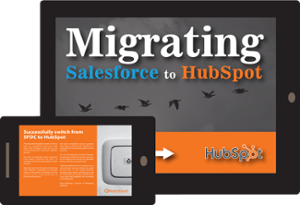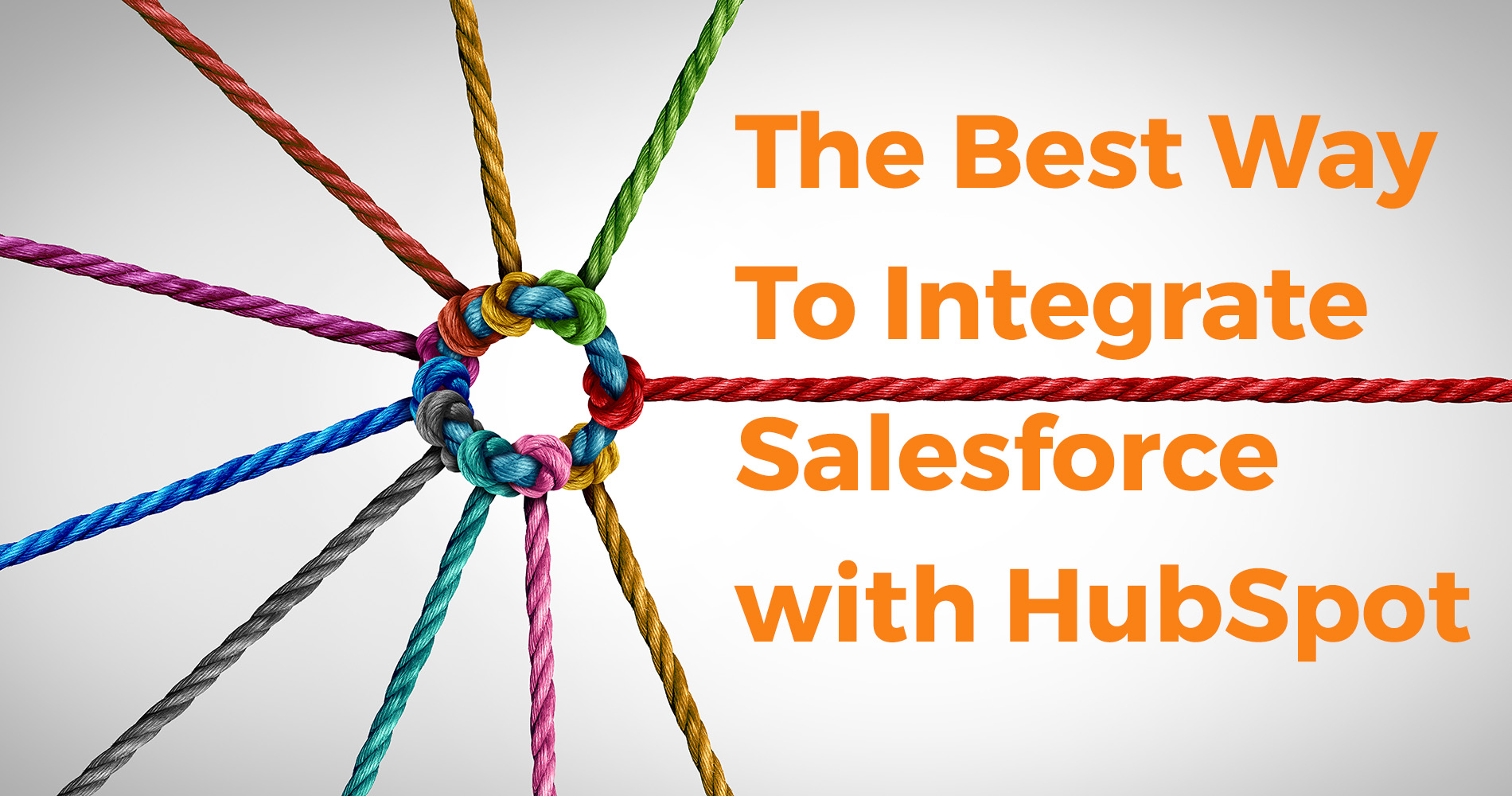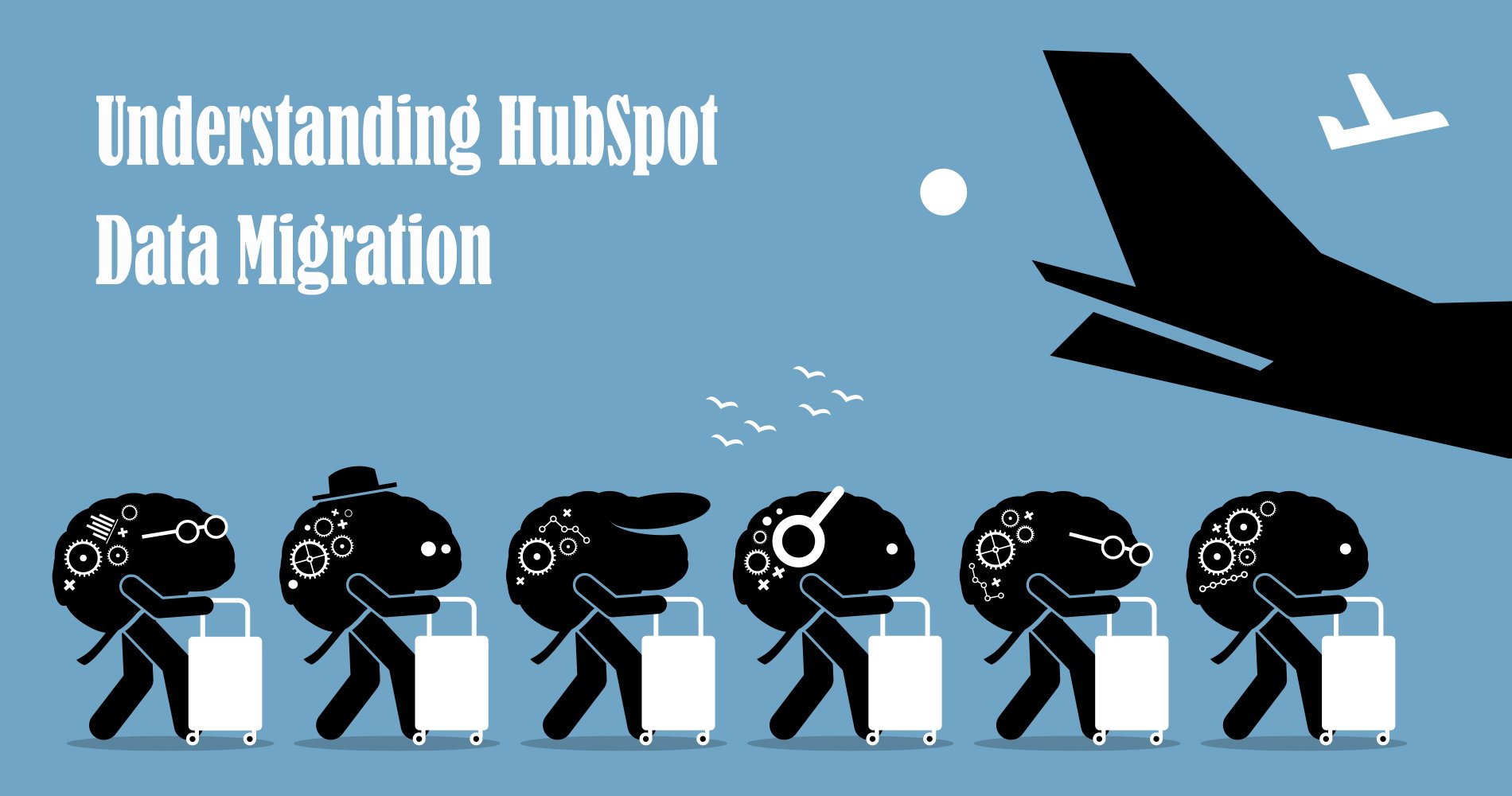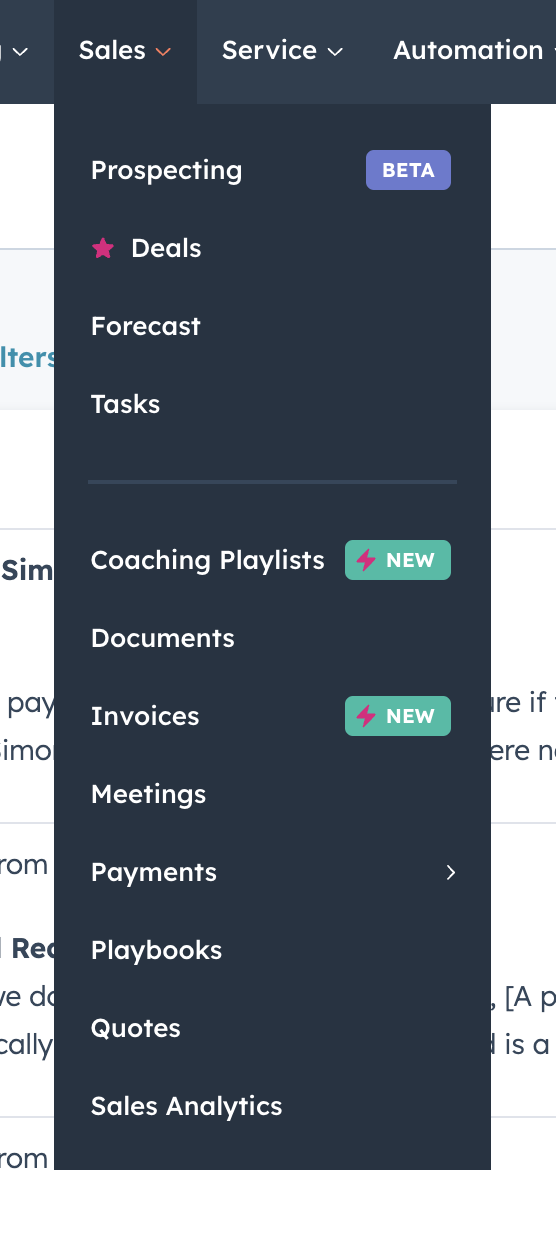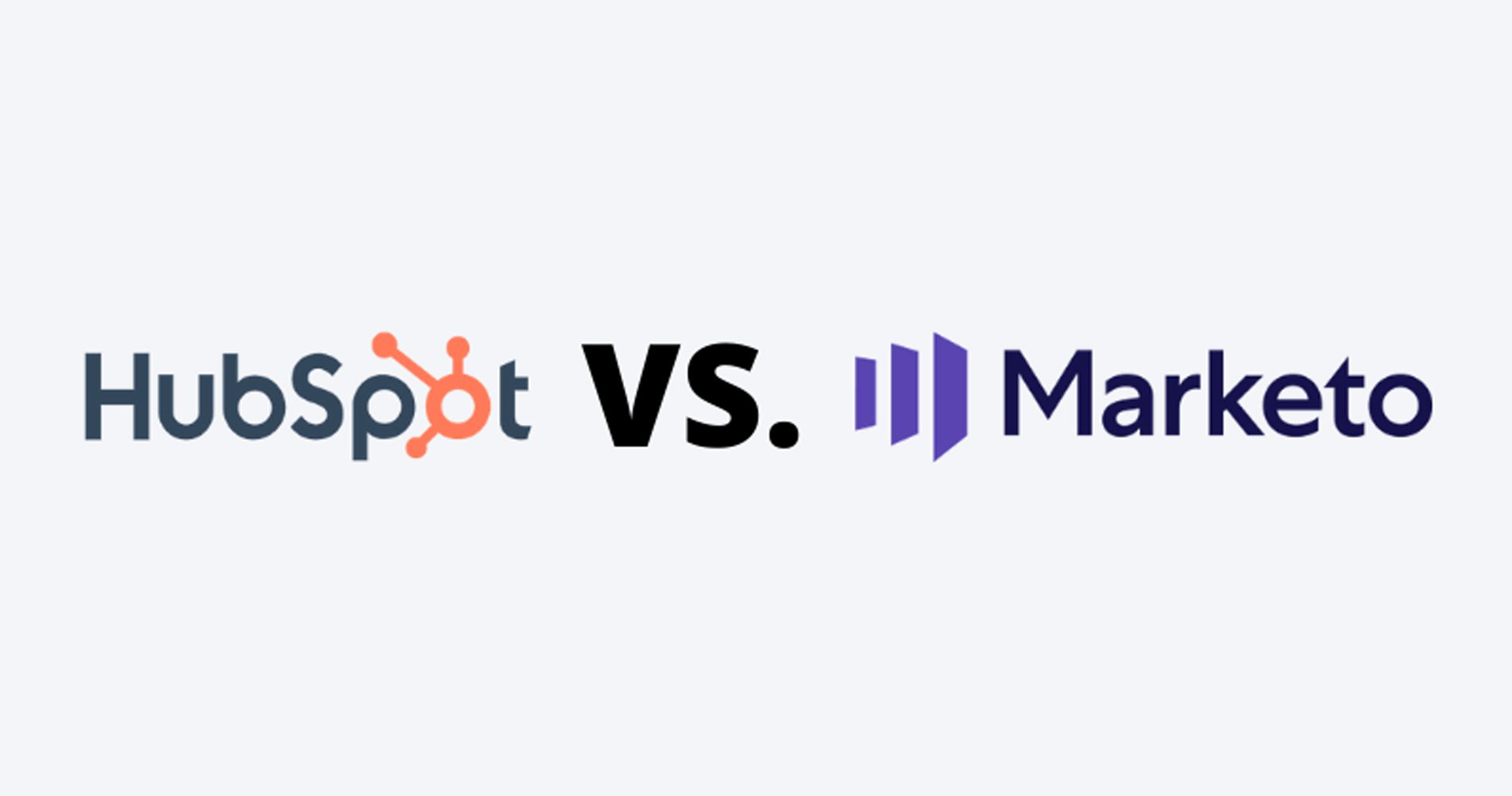Marketing and sales databases go hand in hand for a business to see significant growth. For a business to properly track its sales and marketing efforts, the data must be consistently updated and accurate. Otherwise, the company will not be able to identify areas of improvement and make the necessary changes to its sales and marketing strategy. Additionally, a lack of communication and coordination between the marketing and sales teams can result in duplication of effort and wasted time and resources. By maintaining harmony between the marketing and sales databases, a business can avoid these pitfalls and set itself up for success.
The integration between HubSpot and Salesforce is a game-changer for very large sales and marketing teams. With the ability to freely pass data between the two platforms, teams can work more seamlessly and efficiently. No longer do sales and marketing teams need to waste time manually transferring data between platforms - the integration does it all for them. This not only saves time but also ensures that data is always accurate and up-to-date. As a result, you will be able to keep sales and marketing on the same page, so here's how you can get started.
On the other hand if you considering migrating entirely to HubSpot you might like to read 
Integrating HubSpot with Salesforce
Salesforce is a popular CRM software used by businesses of all sizes. HubSpot is a popular marketing automation tool. Both Salesforce and HubSpot offer a wide range of features and integrations.
Integrating HubSpot with Salesforce can help businesses streamline their sales and marketing processes. By integrating the two platforms, businesses can automatically sync data between the two systems. This can save businesses a lot of time and money.
Some of the benefits of integrating HubSpot with Salesforce include:
- Seamless data sync between the two platforms
- Increased efficiency and productivity
- Reduced data entry errors
- Ability to track sales and marketing progress in one place
If you're considering integrating HubSpot with Salesforce, follow our step-by-step guide below:
Step One
To access your HubSpot account's integrations, click your account name in the upper right corner. Select Integrations from the dropdown menu that appears.
Step Two
Click Connect an app on the integrations screen. Using the search bar, find the Salesforce integration.
Step Three
Click the View integration button once you see the Salesforce box pop up. You'll be taken to the connector wizard once you click that. Connect HubSpot to Salesforce Sandbox by checking the Yes, this will connect to a sandbox checkbox.
Now, Select Login to Salesforce from the drop-down menu.
Step Four
Click "Log in" and enter your Salesforce login information. You will see your HubSpot connector wizard once you log in.
To begin the HubSpot Salesforce installation, click "Start the Salesforce installation" (which appears blue).
Step Five
Click on the middle button to install HubSpot for all users on Salesforce.
If prompted, click Yes to give access to these third-party websites. Within five to ten minutes, Salesforce will install the HubSpot integration package.
Please note: This app may take a while to install, but don't worry! You'll get an email when it's done. Just click 'Done' and wait for the email from Salesforce. The subject line will say 'Package HubSpot Integration Install Successful'.
Step Six
After you've added the HubSpot Visualforce module to Salesforce, return to the HubSpot connector wizard and click "next." The module has several functions, including displaying the contact's likelihood to close, viewing and filtering contact activity, and enrolling contacts in HubSpot workflows. To add HubSpot to Salesforce, click the orange button.
Step Seven
There are two options for syncing data between HubSpot and Salesforce: Recommended setup and Advanced setup. If you choose Recommended setup, click the orange review settings button to continue. If you choose Advanced setup, skip to the step eight.
The next step is to review the configurations for your data sync. If you would like to adjust any of the options for the data sync category, click "Change". Once you are finished setting up, press "Finish setup and begin syncing". The HubSpot and Salesforce integrations will start syncing data, and you will be rerouted to the Salesforce integrating controls.
Step Eight
If you're looking to sync all of your contacts to Salesforce, choose the Advanced setup choice and click Next. From there, select the "All contacts" option from the Select which contacts to synchronise dropdown menu. If you only want to sync certain contacts, you can select a HubSpot list instead. Once you've made your selection, click Next.
Sync your activity tasks
- Turn on the Salesforce task sync switch to create a HubSpot task automatically whenever a Salesforce task is created.
- In the Timeline sync table, check the HubSpot events to be synced as tasks with Salesforce. From the dropdown menu, select Salesforce task type.
- Please click Next.
Configure Object and Property Sync
- Choose the sync type for Contacts, Companies, or Deals by clicking the tabs. Creating field mappings may require toggling the Enable company/deal sync switch.
- Using this table, you can compare HubSpot object properties with Salesforce field names.
- Please click Next.
You did it! You've integrated Salesforce and HubSpot.
Now all you need to do is sit back and relax - it really is that easy. The instructions below guide you through the process of integrating Salesforce with HubSpot to make sure your sales and marketing teams are always on the same page. We'll handle all the details so that you can focus on other aspects of your business.
Getting Started with Enterprise Inbound is Easy
If you're an enterprise company, you're probably used to using traditional marketing methods like cold calling to generate leads. However, these methods are becoming increasingly ineffective as consumers become savvier and less likely to respond to intrusive marketing tactics. Inbound marketing is a more modern, effective way to reach your target audience.
Inbound marketing is a customer-centric approach to marketing that focuses on creating and distributing content that's interesting and useful to your target audience. The goal is to build trust and credibility with your audience so they'll be more likely to do business with you in the future. If you're wanting to implement inbound marketing, you might have questions about which strategies to use or how to make the most out of a platform like HubSpot.
If you're feeling lost or concerned about making the switch to inbound marketing for your enterprise, we can help. Contact us to get started.
If have read the above and are considering migrating to HubSpot rather than integrating check out this 